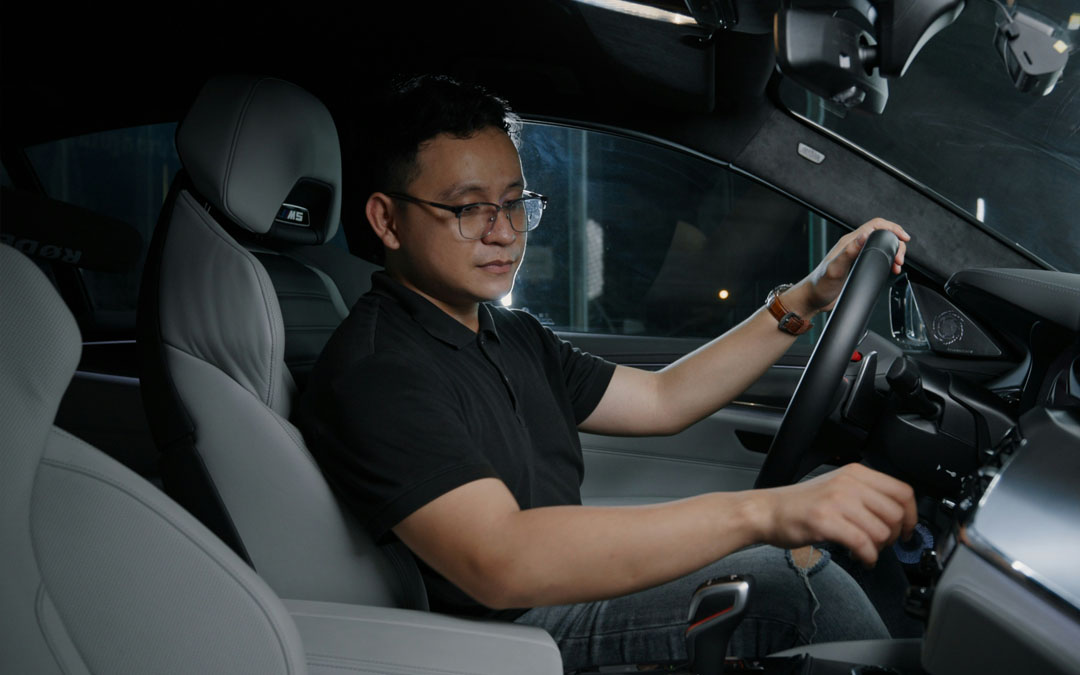European luxury vehicles are known for blending performance, comfort, and innovation. One of the most impressive aspects of these brands is their commitment to safety through advanced driver assistance systems (ADAS). These technologies work together to help prevent accidents, protect passengers, and make driving less stressful. Here’s a detailed look at some of the most important safety features found in European luxury vehicles and what they do for you.
Collision Prevention
Features like Forward Collision Warning (FCW) and Autonomous Emergency Braking (AEB) are standard in many European luxury models. Using a network of cameras, radar, and sensors, these systems monitor the road ahead for vehicles, pedestrians, or obstacles. If they detect a potential collision, they alert the driver. If the driver does not respond quickly enough, the system can apply the brakes automatically to reduce the severity of the impact or avoid it entirely.
Lane Assistance
Lane Departure Warning (LDW) alerts the driver when the vehicle begins to drift out of its lane without signaling. Lane Keeping Assist (LKA) goes a step further by making minor steering adjustments to guide the car back into the correct lane. Mercedes-Benz’s Active Lane Keeping Assist can also respond to road-edge detection, preventing the vehicle from veering off paved surfaces. At the same time, BMW’s Lane Control Assist integrates with adaptive cruise control for semi-automated driving under certain conditions.
Blind Spot Monitoring
Blind Spot Detection systems track areas not visible in the side mirrors. When another vehicle enters a blind spot, a light or warning icon illuminates on the mirror, and some systems add an audible alert. Advanced versions, such as Active Blind Spot Assist, can intervene by applying gentle steering inputs to help prevent unsafe lane changes.
Parking and Low-Speed Maneuvering Aids
Luxury brands often include 360-degree camera systems, Parking Sensors, and Rear Cross Traffic Alert (RCTA). These tools make it easier to park in tight spaces or navigate crowded areas by providing a bird’s-eye view of the vehicle’s surroundings. RCTA warns of vehicles or pedestrians approaching from either side when backing up, which is especially helpful in parking lots or driveways with limited visibility.
Adaptive Cruise Control and Traffic Assistance
Adaptive Cruise Control (ACC) maintains a set speed while automatically adjusting to match the pace of traffic ahead, keeping a safe following distance. Many European systems incorporate Traffic Sign Recognition, allowing the car to adapt to changing speed limits, and Stop-and-Go Assist, which can bring the vehicle to a complete stop in traffic and accelerate again when it’s safe. Some models also include driver attention monitoring, which issues alerts if it detects signs of fatigue or distraction.
Night Vision and Advanced Lighting
Certain European models offer Night Vision Assist, using infrared cameras to detect pedestrians, cyclists, or animals beyond the reach of headlights. Adaptive LED or laser lighting systems automatically adjust beam direction and brightness for better visibility on curves or in varying traffic conditions, while avoiding glare for oncoming drivers.
Conclusion
Safety technology in European luxury vehicles works continuously in the background to enhance driver awareness and help prevent accidents. While these systems do not replace attentive driving, they offer an additional layer of protection—making each trip safer, more efficient, and more enjoyable. Trust our experts at Advanced Diagnostics and Repair to provide the specialized care your high-performance vehicle demands.

